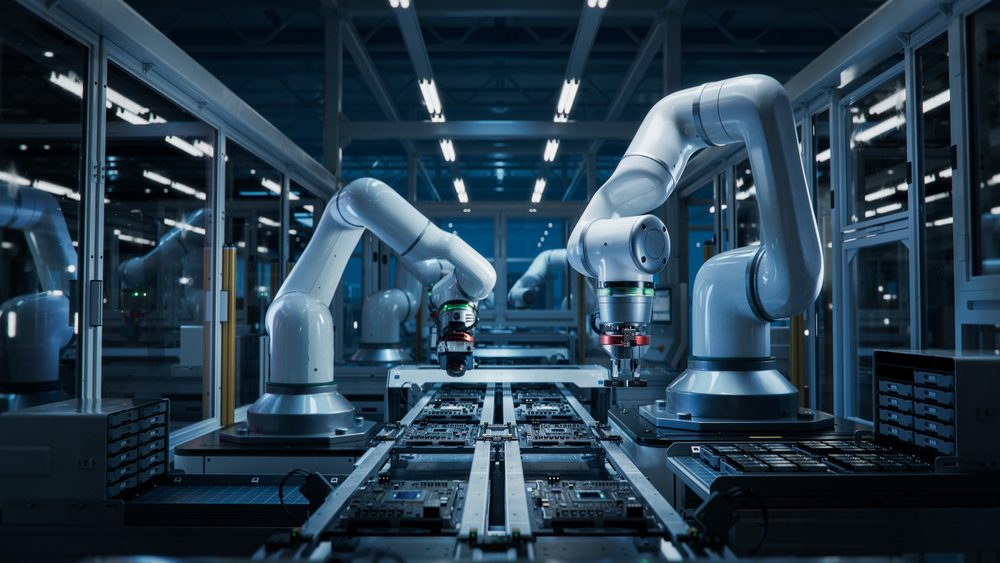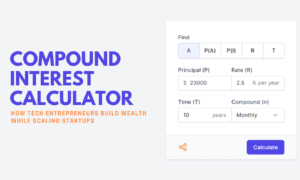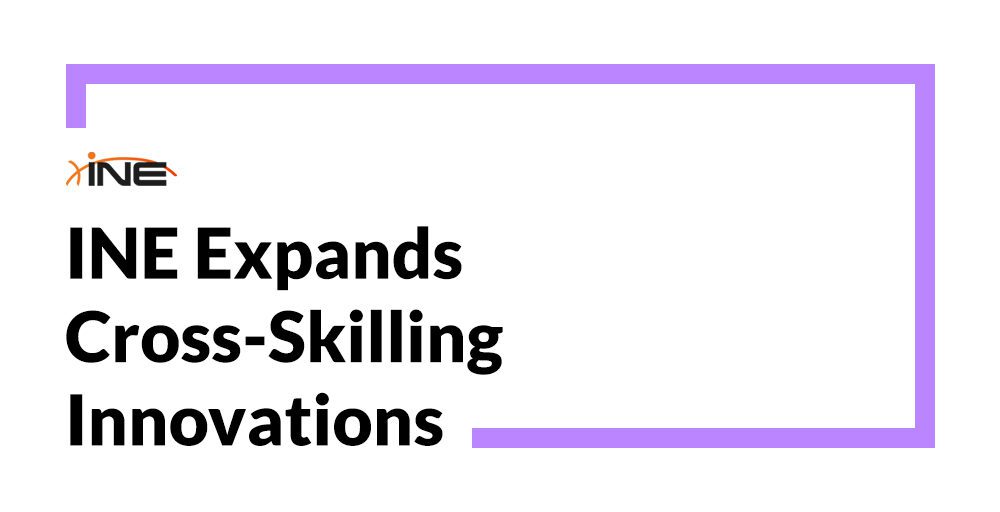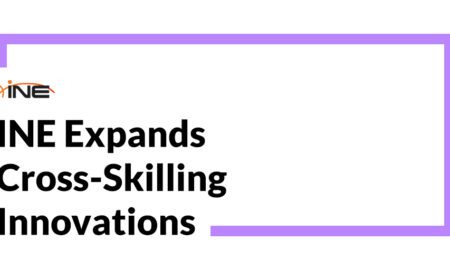Walking through a modern factory floor today feels different than it did five years ago. Machines talk to each other. Sensors monitor everything from temperature to vibration. Data flows like a river through the production line. This shift isn’t just about technology—it’s about survival in an increasingly competitive global market.
The transformation happening in manufacturing right now centers around smart systems that learn and adapt. Companies large and small are discovering that traditional methods of production management can’t keep pace with modern demands. That’s where Industrial AI Analysis comes into play, changing how we understand and optimize manufacturing processes.
Understanding the Current Landscape
Let’s be honest about something: most business owners feel overwhelmed when they hear about artificial intelligence in their operations. The terminology sounds complex. The investment seems huge. The implementation appears risky. But here’s what often gets missed in these conversations—the practical benefits are showing up faster than many expected.
Small and medium-sized manufacturers are seeing real results. A textile factory in North Carolina reduced waste by 23% in six months. A food processing plant in Wisconsin improved quality control accuracy from 87% to 96%. These aren’t tech giants with unlimited budgets. These are everyday businesses making smart decisions about where to apply intelligent systems.
The key lies in understanding what Industrial AI Analysis actually means for your specific operation. It’s not about replacing your entire workforce with robots. It’s about giving your team better tools to make faster, more accurate decisions. Think of it as having an incredibly observant assistant who never sleeps and notices patterns humans might miss.
The Three Pillars of Success
Companies succeeding with smart manufacturing focus on three main areas. First comes data collection—you can’t improve what you don’t measure. Sensors placed strategically throughout production lines gather information about every aspect of operations. Temperature readings, pressure levels, production speeds, quality metrics, and dozens of other data points create a comprehensive picture.
Second is analysis—and this is where things get interesting. Traditional methods meant someone reviewed reports at the end of each shift or week. By then, problems had already caused damage. Modern Industrial AI Analysis happens in real time. The system identifies anomalies immediately, predicts potential failures before they occur, and suggests optimizations while production is still running.
Third comes action—the practical application of insights gained. Some systems automatically adjust parameters to maintain optimal performance. Others alert human operators to specific issues requiring attention. The best implementations strike a balance between automation and human oversight.
Breaking Down the Barriers
Cost concerns often stop companies from exploring these technologies. That’s understandable. Nobody wants to invest heavily in something that might not deliver results. However, the landscape has changed dramatically over the past three years. Cloud-based solutions have made Industrial AI Implementation more accessible. Companies can start small, prove value, then scale up gradually.
A metalworking shop in Ohio provides a perfect example. They started by implementing smart monitoring on just one production line. The initial investment was $15,000. Within four months, they had identified inefficiencies that saved $8,000 monthly. They’ve since expanded the system across their entire facility.
The technical complexity also frightens many decision-makers. Terms like machine learning algorithms, neural networks, and predictive analytics sound intimidating. But modern Industrial AI Implementation doesn’t require a computer science degree. User-friendly interfaces present information in plain language. Dashboards show clear metrics. Alert systems communicate in straightforward terms about what’s happening and what needs attention.
The Data Question Nobody Talks About
Here’s something that deserves more attention than it typically gets: IoT Data Ownership. When sensors collect information about your operations, who actually owns that data? Can the technology provider use it? Can they share it with competitors? Can they shut off your access if you stop paying subscription fees?
These questions matter more than most people realize. Your operational data represents valuable intellectual property. It reveals your processes, your innovations, and your competitive advantages. Smart contracts and clear agreements about IoT Data Ownership protect your interests while allowing you to benefit from advanced analytics.
Some vendors claim ownership of all data passing through their systems. Others provide full data rights to clients but charge premium prices. The middle ground—and the sweet spot—involves transparent agreements that protect both parties while ensuring you maintain control over your most sensitive information.
Real-World Results That Matter
Numbers tell the story better than buzzwords. Companies implementing intelligent manufacturing systems report average productivity increases between 15% and 30%. Energy consumption typically drops by 10% to 20%. Unplanned downtime decreases by 30% to 50%. Quality control improvements range from 15% to 40%.
These aren’t projections or marketing promises. These are documented results from manufacturers who took the leap. They started with clear goals, implemented systems strategically, and measured results consistently. Their success came from focusing on practical applications rather than chasing the latest technology trends.
The automotive sector provides particularly compelling examples. Assembly line optimization through Industrial AI Implementation has helped plants identify bottlenecks that human observation missed. One facility discovered that a single robotic arm was causing delays affecting the entire line. The issue was intermittent and subtle—only a smart monitoring system could catch it.
Looking Forward Without Fear
The future of manufacturing belongs to companies that embrace intelligent systems while maintaining their human touch. Technology handles repetitive analysis and monitoring. People focus on creative problem-solving and strategic thinking. This combination creates competitive advantages that neither humans nor machines can achieve alone.
Getting started doesn’t require massive disruption. Begin with one area where you face consistent challenges. Implement monitoring and analysis tools. Measure results carefully. Let success in one area build confidence for broader implementation. And always, always maintain clear agreements about IoT Data Ownership to protect your competitive position.
The industrial revolution of the 21st century is happening right now. Companies that understand and apply these tools effectively will thrive. Those that ignore them risk falling behind competitors who embrace smarter ways of working. The choice, ultimately, belongs to each business owner—but the opportunity won’t wait forever.































